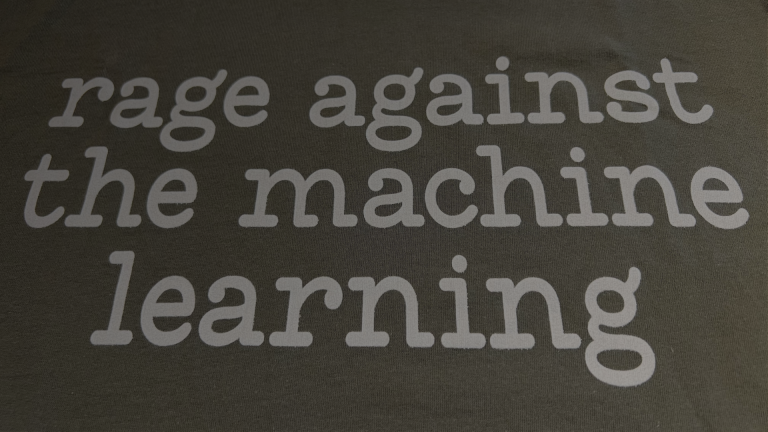Use Case Discovery: Finding High-Value AI Opportunities
Introduction: The Most Common Mistake in AI Projects
Once leaders understand what AI is (awareness), the next question is almost always:
“Where should we focus first?”
This is where many companies stumble. Some chase trendy ideas like chatbots or image generators without asking whether those projects align with business goals. Others get overwhelmed by too many possibilities and end up doing nothing.
The truth is, the success of your AI journey depends heavily on picking the right first use cases. Choose wisely, and you build momentum, ROI, and organizational confidence. Choose poorly, and you risk wasted money, frustrated teams, and lost credibility.
Why Use Case Discovery Matters
AI is not a single technology; it’s a toolbox. That means there are endless possible projects: automating reports, predicting churn, detecting fraud, improving supply chains, enhancing customer service, and more.
Without a framework, companies often:
- Pick Low-Value Projects: Fun demos that don’t create measurable impact.
- Pick Overly Ambitious Projects: Moonshots that stall before showing results.
- Ignore the “Quick Wins”: Projects that could prove AI’s value quickly but are overlooked.
Use case discovery is about balancing ambition with practicality, finding the projects that drive ROI and build organizational trust.
The Three Dimensions of High-Value Use Cases
When evaluating AI opportunities, leaders should ask three core questions:
- Business Value: Does this project directly support a strategic goal (growth, efficiency, customer satisfaction, risk reduction)?
- Feasibility: Do we have the data, processes, and resources to execute it within 3–6 months?
- Visibility: Will success here be visible to stakeholders and build momentum for future projects?
High-value opportunities score well on all three.
Example: The Retail Chain
Imagine a mid-sized retail chain exploring AI.
- Low-Value Project: Building an AI-powered “personal shopper” app. Sounds exciting, but it requires large datasets, advanced personalization, and months of development before showing ROI.
- High-Value Project: Using AI to forecast inventory demand more accurately. This reduces stockouts, cuts carrying costs, and can be piloted with existing sales and supply chain data.
By applying the three dimensions – business value (cost savings), feasibility (existing data), and visibility (clear operational impact) – the inventory forecasting project wins.
Frameworks for Prioritizing Use Cases
1. The Value-Feasibility Matrix
Plot opportunities on two axes:
- Business Value (Low → High)
- Feasibility (Low → High)
The sweet spot is projects in the high-value, high-feasibility quadrant.
2. The “Start Small, Think Big” Approach
- Quick Wins: Choose one or two use cases that can show results in under six months.
- Strategic Wins: Identify long-term opportunities (12–24 months) that support transformation.
- Balance Both: Quick wins build credibility while strategic wins keep vision alive.
The Leader’s Role in Use Case Discovery
Business leaders play a critical role here. It’s not about technical brainstorming but about strategic alignment.
- Ask Business Questions First: “What are our biggest challenges and goals?” before “What AI tools should we use?”
- Engage Cross-Functional Teams: Finance, operations, sales, and customer service leaders all see opportunities differently.
- Stay Grounded in ROI: Every project must tie back to a measurable outcome: revenue growth, cost savings, risk reduction, or improved customer experience.
Example: The Financial Services Firm
A financial services company faced rising fraud and low customer engagement.
- Option A: Launch an AI-powered chatbot for customer service. Feasible, but low impact on fraud or engagement.
- Option B: Use AI to detect unusual account activity (fraud prevention). High business value, feasible with existing transaction data, and highly visible to leadership.
They chose Option B first. Fraud losses dropped 20% within a year. With credibility established, the company later pursued customer engagement projects.
Risks of Poor Use Case Discovery
Skipping this step leads to:
- “AI Theater”: demos that look innovative but add no business value.
- Loss of Executive Confidence: failed projects sour leadership on future AI investment.
- Wasted Resources: time, talent, and money burned on misaligned projects.
Use Case Discovery Checklist for Leaders
- Do we have a structured framework for evaluating opportunities?
- Can we identify at least 3-5 potential high-value projects?
- Have we involved business stakeholders, not just technical teams?
- Are we balancing quick wins with long-term strategic opportunities?
Conclusion: Choosing the Right First Steps
The awareness stage builds understanding. Use case discovery turns that understanding into action.
By focusing on projects that deliver measurable value, align with strategy, and can be executed quickly, leaders create the momentum that fuels the rest of the AI journey.
In the next part of this series, we’ll look at the Pilot stage and how to test and measure AI initiatives without wasting resources.







